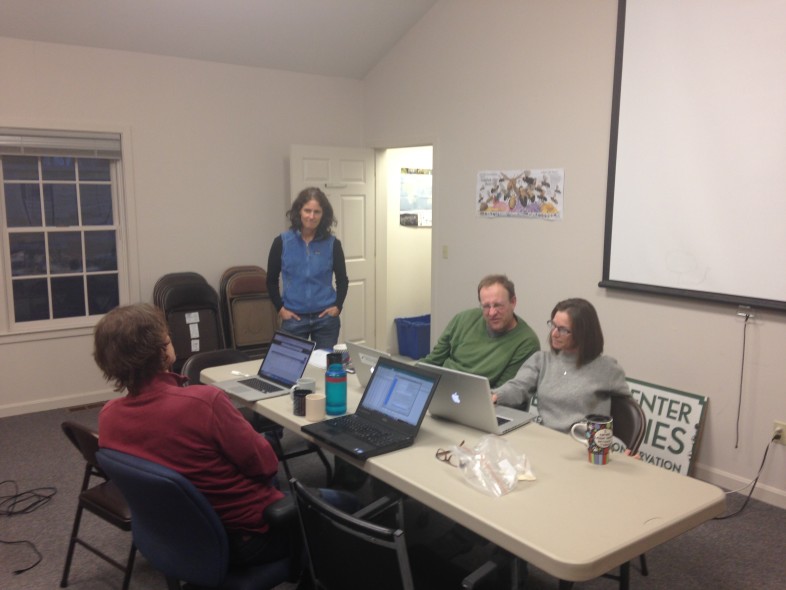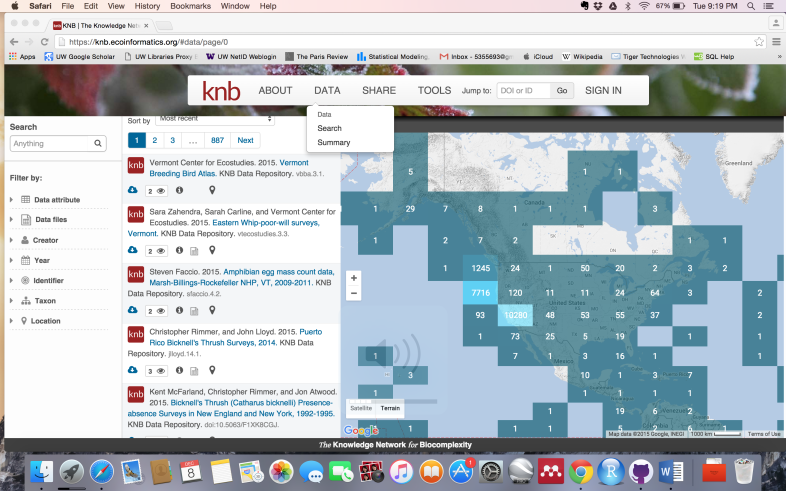We here at VCE think a lot about the value of sharing, and not just during the holidays. With the help of many, including our dedicated corps of citizen-scientists, we collect lots of information about the natural world and try to put it to good use. Whether we are producing maps of where vernal pools are found, informing policymakers about the status of our native bees, or documenting in scientific papers the migration of Bobolinks and Bicknell’s Thrushes, we do our best to make sure that our data, and the knowledge we gain from it, gets into the hands of the people that need it.
However, it is near impossible for us – or anyone, for that matter – to envision all of the possible uses to which our data might be put. For example, as we’ve written about before, who could have foreseen that Henry David Thoreau’s observations on plant phenology would help us understand the impacts of climate change more than a century later? More recently, scientists have found that sharing data can lead to all sorts of new discoveries and unexpected benefits. Sharing widely, drawing on the collective wisdom of the crowd now and in the future, is really the only way of ensuring that all possible insights are wrung from our hard-earned data.
Because we believe in the principles of open science, including data sharing, earlier this year we committed to make all of our data available as soon as possible and as widely as possible. This wasn’t entirely new for us – we’ve been sharing observations through established sites like eBird, iNaturalist, and our own Vermont Atlas of Life for some time – but we are excited to announce that we are following through on this commitment and making many of our most important data sets permanently available online. In early December, we held a “data hackathon” at our office, during which we collectively managed to clean, organize, document, and upload 5 data packages to the repository at the Knowledge Network for Biocomplexity. It was quite a sight, at the end of the day, to visit the KNB web page and see nothing but VCE data sets splashed across the page. It may be hard to appreciate, but our little group of scientists has done more to promote and champion open access to data than many organizations far bigger. It makes me proud to work with these people!
If you’re interested, take a look at what we’ve made available. You can find our data at KNB, or at our new Open Data page on the VCE website. Let us know what you think, especially if you see any discoveries waiting to be made.

VCE scientists gathered in the back room for a data hackathon. The goal? To make as much of our data publicly discoverable and available as possible.


This is an amazing accomplishment!! Congratulations to all!
Thanks – admittedly just a single step forward, but one that we are awfully happy about.